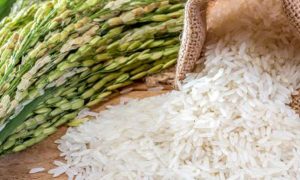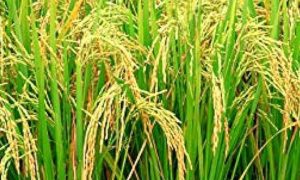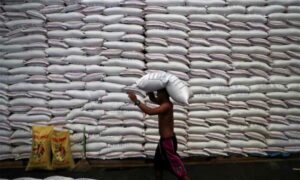Need for collective effort to improve DSR paddy cultivation: White paper

Paddy cultivation by large-scale adoption of the direct seeded rice (DSR) technique in India will critically depend on a concerted effort from all stakeholders, including agri-input and farm mechanisation companies, crop management advisories, and the government, according to a white paper.
The paper was released by the Federation of Seed Industries of India (FSII) and Sathguru Consultants after gathering information from various sources and discussions.
The current focus of the seed industry is on paddy varieties used for transplanted puddled rice (TPR) under the DSR system, supported by a package of practices to help the rice crop adapt to dry and adverse environmental conditions at various stages of growth, it said.
“These packages of practices aim at crop adaptation through healthy seedlings establishment, weeds, pests and disease management to get on par or higher yields than TPR. However, the modern high-yielding rice varieties have been bred for TPR systems, which do not fit completely when grown under DSR and show 10-30 per cent yield reductions,” the white paper said.
In DSR, rice seedlings are directly planted into the soil either manually or through machines, thus requiring much less water than the conventional way of first growing the plant in nurseries and then transplanting them into the fields (TPR), which are done in water-rich conditions. DSR is among a host of techniques propagated by scientists to check the emission of greenhouse gases from paddy.
Despite being in vogue for several years, DSR has not picked up in major growing regions of India. Many farmers complain that the DSR crop yields are sometimes lower than the traditional process of transplanting in rice. They also say the DSR crop is more prone to pests and insects.
The white paper urges public-funded institutions like the Indian Council of Agriculture Research (ICAR) to test and trial more popular varieties of paddy or hybrids for DSR cultivation in both public and private institutions rather than just the existing 2-3 varieties.
It said a platform needs to be created to encourage collaboration between agricultural research institutions, universities, and leading seed companies to accelerate the development and dissemination of improved DSR products.
It asks the government to formulate supportive policies and regulatory frameworks to address challenges related to land tenure, credit access, and market linkages for DSR farmers. It also advocated incentivising procurement of rice grown through the DSR method to ensure faster adaptation.
“The government can establish procurement policies that prioritise sustainably grown rice, including DSR, for public distribution systems and government food procurement programmes,” the paper said.
It also called for better post-harvesting facilities for quicker adoption of DSR.
“A carbon credit programme for DSR growers in India will help align the country’s NDC goals with economic incentives, promote sustainable agriculture, and contribute to global efforts to address climate change,” the report said.















